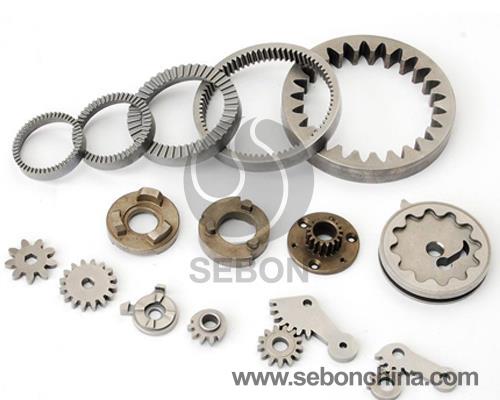Casting History:
Casting application has a long history. Ancient people use casting for coins, tablets, weapons, tools and some life appliances. In modern times, the casting machine parts mainly used for the blank, some precision castings, also can be directly used for machine parts. Castings has a large proportion in the area of mechanical products, such as casting weight accounted for about 50 to 70 percent of the operating weight in tractor, machine tool of 40 ~ 70% in agricultural machinery and inter-combustion engine reached 70 ~ 90%. In all kinds of castings, castings variety in machinery is the most and the most complicated and the dosage shape is the largest also, and it accounted for about 60 percent of the total output of castings.Followed by metallurgy using ingot mold and engineering with pipeline. Casting also has close relationship with the daily life. For example we often use the doorknob, door locks, radiators, fluctuation conduit, for instance, and cast-iron pots, frame, and the iron stove are casting.
Casting Classification:
There are a variety of classification methods on casting: According to the metal material, it divided into
steel castings, castings, bronze casting, aluminum casting, cast magnesium pieces, casting zinc pieces, casting titanium parts, etc. And each type can press its casting and chemical composition or metallographic organization further divided into different types. Such as iron castings can be divided into gray pieces, ductile iron pieces, vermicular iron castings, malleable iron castings, alloy castings, etc.; According to the different processing methods, sand casting can be put into ordinary casting, metal mold castings, die castings, centrifugal casting, continuous casting parts, investment casting, ceramic mold casting, electricity slag heavy casting parts, double metal castings, etc. Ordinary mold casting is used most, and it accounting for approximately most 80% of all casting production. And much aluminum, magnesium, zinc and other non-ferrous metal castings are
die-casting pieces.
Casting Properties and Uses:
Castings have excellent mechanical and physical performance, it can have a variety of strength, hardness and toughness cooperate with the comprehensive performance. It still can hold concurrently one or many kinds of special performance, such as wear-resisting, high temperature resistant and low temperature, corrosion resistance, etc. Casting weight and size range are very wide, and the lightest weight only a few grams, and the heaviest can achieve 400 tons. The thinnest wall thickness only 0.5 mm, and the most could exceed 1 meter. The length can be made a few millimeters to ten meters, and it can satisfy different requirement of different departments of industry.



